Sometimes it is necessary to adjust the temperature in each particular room. This can be done by installing a thermostat for the radiator. This is a small device that regulates the heat output of the radiator. It can be used with all types of radiators, except cast iron. One important point – the device can lower the initial temperature, but if there is not enough heating power, it can not increase it.
Conteúdo do artigo
Design of thermoregulators for heating radiators
Thermostat for heating radiator consists of two parts – valve (thermo valve) and thermostatic head (thermostatic element, temperature regulator). These products are produced for different pipe sizes and different types of heating systems. The thermostatic head is removable, on the same valve can be put regulators of different types and even different manufacturers – the seat is standardized.
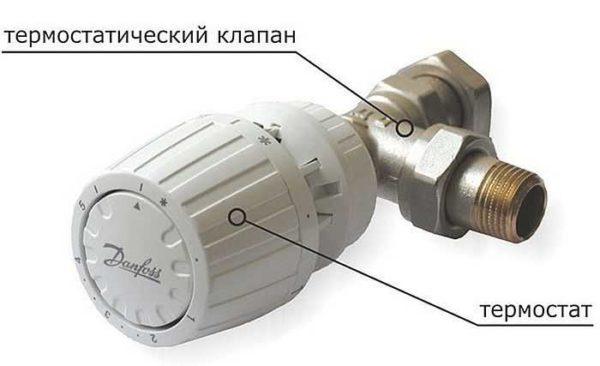
And valves and regulators are different, so before you install a thermostat for the radiator heating will have to familiarize yourself with its structure, functions and types.
Thermo valve – structure, purpose, types
The valve in the thermo-regulator is very similar to an ordinary valve. There is a seat and a locking cone, which opens/closes the lumen for the flow of coolant. The temperature of the radiator is regulated in this way: by the amount of coolant flowing through the radiator.
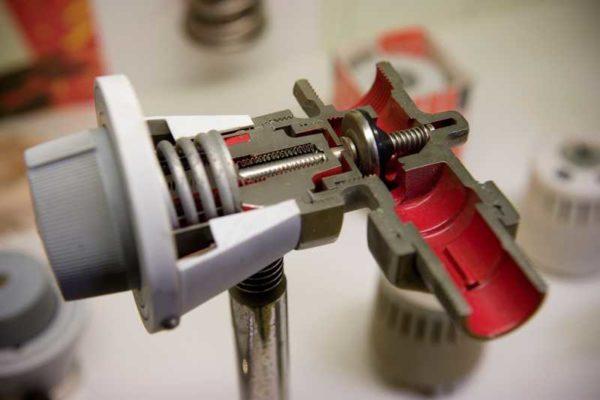
On one-pipe and two-pipe distribution valves are put different. The hydraulic resistance of the valve on a one-pipe system is much lower (at least twice) – this is the only way to balance it. It is impossible to mix up the valves – it will not heat. Valves for single-pipe systems are suitable for systems with natural circulation. When they are installed, the hydraulic resistance, of course, increases, but the system will be able to work.
Each valve has an arrow indicating the movement of the coolant. When installing it is installed so that the direction of flow coincides with the arrow.
From what materials
The valve body is made of corrosion-resistant metals, often additionally covered with a protective layer (nickel or chrome plating). There are valves made of:
It is clear that stainless steel is the best option. It is chemically neutral, does not corrode, does not react with other metals. But the cost of such valves is high, it is difficult to find them. Bronze and brass valves are about the same in terms of service life. What is important in this case is the quality of the alloy, and it is carefully monitored by well-known manufacturers. Whether or not to trust unknown – the question is debatable, but there is one point that is better to track. On the body must necessarily be present an arrow indicating the direction of flow. If it is not there – in front of you is a very cheap product, which is better not to buy.
According to the method of execution
Since radiators are installed in different ways, valves are made straight (through) and angular. You choose the type that will be better in your system.
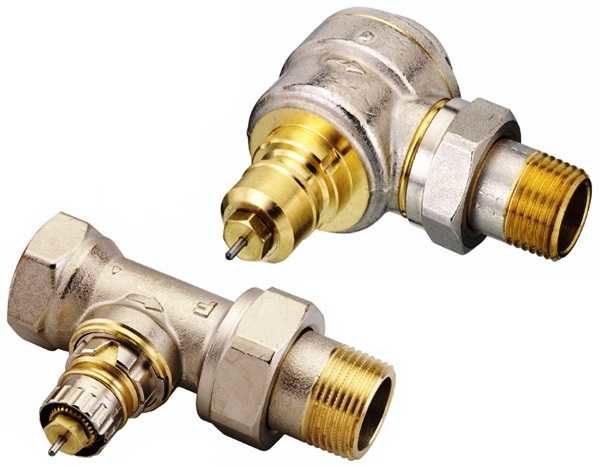
| Name/company | For which system | DN, mm | Body material | Working pressure | Preço |
|---|---|---|---|---|---|
| Danfoss, angular RA-G with possibility of adjustment | single-pipe | 15 mm, 20 mm | Nickel-plated brass | 10 Bar | 25-32 $ |
| Danfoss, direct RA-G with possibility of adjustment | single-pipe | 20 mm, 25 mm | Nickel-plated brass | 10 Bar | 32 – 45 $ |
| Danfoss, angled RA-N with possibility of adjustment | two-pipe | 15 mm, 20 mm. 25 mm | Nickel-plated brass | 10 Bar | 30 – 40 $ |
| Danfoss, direct RA-N with the possibility of customization | two-pipe | 15 mm, 20 mm. 25 mm | Nickel-plated brass | 10 Bar | 20 – 50 $ |
| BROEN , direct with fixed setting | two-pipe | 15 mm, 20 mm | Nickel-plated brass | 10 Bar | 8-15 $ |
| BROEN , straight with fixed setting | two-pipe | 15 mm, 20 mm | Nickel-plated brass | 10 Bar | 8-15 $ |
| BROEN, angular with possibility of adjustment | two-pipe | 15 mm, 20 mm | Nickel-plated brass | 10 Bar | 10-17 $ |
| BROEN, angular with possibility of adjustment | two-pipe | 15 mm, 20 mm | Nickel-plated brass | 10 Bar | 10-17 $ |
| BROEN , straight with fixed setting | single-pipe | 15 mm, 20 mm | Nickel-plated brass | 10 Bar | 19-23 $ |
| BROEN , angle with fixed setting | single-pipe | 15 mm, 20 mm | Nickel-plated brass | 10 Bar | 19-22 $ |
| OVENTROP , axial | 1/2″ | Nickel-plated brass, enamel coated | 10 Bar | 140 $ |
Thermostatic heads
Thermostatic elements on heating thermostats are of three types – manual, mechanical and electronic. All of them perform the same functions, but in different ways, provide different levels of comfort, have different capabilities.
Manual
Manual thermostatic heads work like a regular faucet – you turn the regulator to one side or the other, letting more or less coolant through. The cheapest and most reliable, but not the most convenient devices. To change the heat output you have to manually turn the valve.
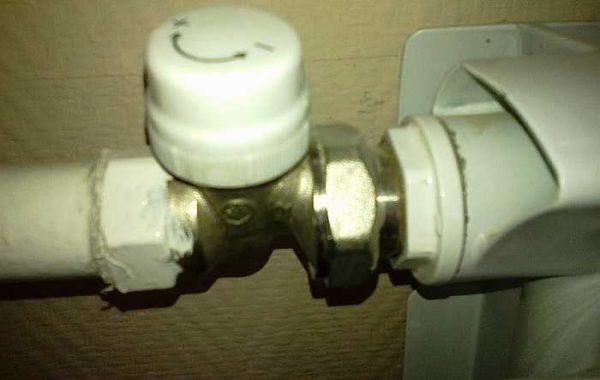
These devices are quite inexpensive, they can be placed at the inlet and outlet of the radiator instead of ball valves. It will be possible to regulate with any of them.
Mechanical
A more complex device that maintains the set temperature in automatic mode. The basis of this type of thermostatic head is a bellows. This is a small elastic cylinder that is filled with a temperature agent. The temperature agent is a gas or liquid that has a large coefficient of expansion – when heated, they greatly increase in volume.
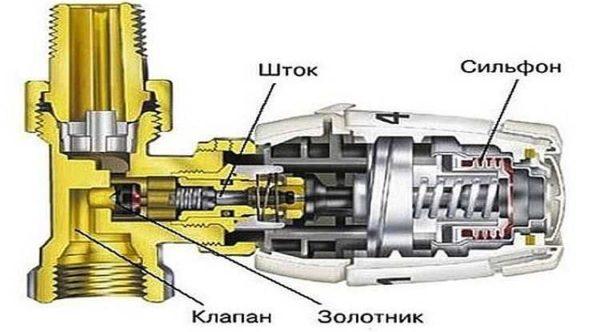
The bellows supports the stem, which closes the valve cross-section. As long as the substance in the bellows is not heated, the rod is raised. As the temperature rises, the cylinder begins to increase in size (the gas or liquid expands), it presses on the stem, which increasingly blocks the passage cross-section. Less and less coolant passes through the radiator, it cools down little by little. The substance in the bellows also cools down, because of which the cylinder decreases in size, the rod rises, more coolant passes through the radiator, it starts to heat up a little. The cycle is then repeated.
Gas or liquid
With such a device, the temperature in the room is quite maintained exactly +- 1°C, but in general the delta depends on how inert the substance in the bellows is. It can be filled with some kind of gas or liquid. Gases react faster to temperature changes, but they are technologically more difficult to produce.
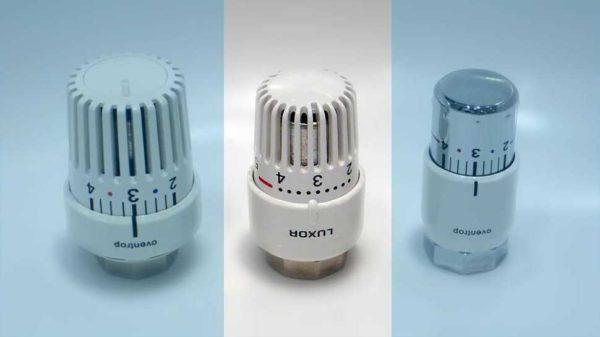
Liquids are slightly slower to change volumes, but are easier to produce. In general, the difference in the accuracy of temperature maintenance is about half a degree, which is almost impossible to notice. As a result, most of the presented thermoregulators for heating radiators are equipped with thermal heads with liquid bellows.
With a remote sensor
The mechanical thermostatic head should be installed so that it is directed into the room. This way the temperature is measured more accurately. Since they are quite large, this method of installation is not always possible. For these cases, you can put a thermostat for a heating radiator with a remote sensor. The temperature sensor is connected to the head by means of a capillary tube. It can be located at any point at which you prefer to measure the air temperature.
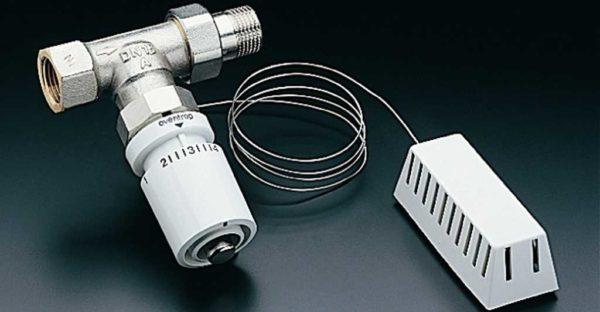
All changes in the heat output of the radiator will occur depending on the air temperature in the room. The only disadvantage of such a solution is the high cost of such models. But the temperature is maintained more accurately.
| Name/company | Setting range | Operating temperature range | Control type | Functions/destination | Connection type | Preço |
|---|---|---|---|---|---|---|
| Danfoss living eco | 6°C to 28°C | 0°C to 40°C | Electronic | Programmable | RA AND M30X1,5 | 70$ |
| Danfoss RA 2994 with gas bellows | 6°C to 26°C | 0°C to 40°C | Mechanical | For all radiators | clip-on | 20$ |
| Danfoss RAW-K with liquid trap | 8°C to 28°C | 0°C to 40°C | Mechanical | For steel panel radiators | M30x1,5 | 20$ |
| Danfoss RAX with liquid sliphon | 8°C to 28°C | 0°C to 40°C | Mechanical | For design radiators white, black, chrome plated | M30x1,5 | 25$ |
| HERZ H 1 7260 98 with liquid trap | from 6°C to 28°C | Mechanical | M 30 x 1.5 | 11$ | ||
| Oventrop “Uni XH” with liquid trap | 7°C to 28°C | Mechanical | zero mark | M 30 x 1.5 | 18$ | |
| Oventrop “Uni CH” with liquid trap | 7°C to 28°C | Mechanical | without zero mark | M 30 x 1.5 | 20$ |
Electronic
The electronic thermostat for the heating radiator is even larger in size. The thermostatic element is even larger. In addition to the electronic stuffing, two batteries are installed in it.
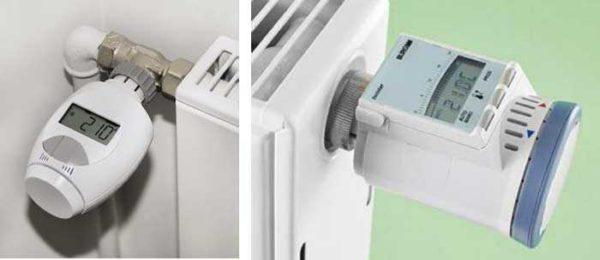
The movement of the stem in the valve in this case is controlled by a microprocessor. These models have a fairly large set of additional functions. For example, the ability to set the temperature in the room by hours. How is it fashionable to use it? Doctors have long proved that it is better to sleep in a cool room. Therefore, at night you can program the temperature lower, and in the morning, when it’s time to wake up, it can be set higher. Convenient.
The disadvantage of these models – a large size, the need to monitor the discharge of batteries (enough for several years of operation) and high price.
How to install correctly
Put the thermostat for the radiator of heating at the inlet or at the outlet of the heater – there is no difference, they work with equal success in both positions. How to choose the place where to install?
According to the recommended installation height. Such a point is in the technical specifications. Each device is adjusted at the factory – they are calibrated to control the temperature at a certain height and usually it is the upper collector of the radiator. In this case, the heat regulator is installed at a height of 60-80 cm, it is convenient to adjust it manually if necessary.
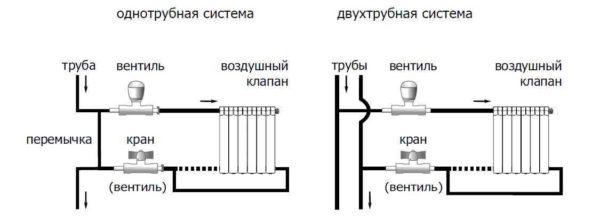
If you have a lower saddle connection (pipes fit only from below), there are three options – look for a device with the possibility of installation at the bottom, put a model with a remote sensor or reconfigure the thermal head. The procedure is not difficult, the description should be in the passport. All you need is to have a thermometer and turn at certain times the head in one direction, then the other.
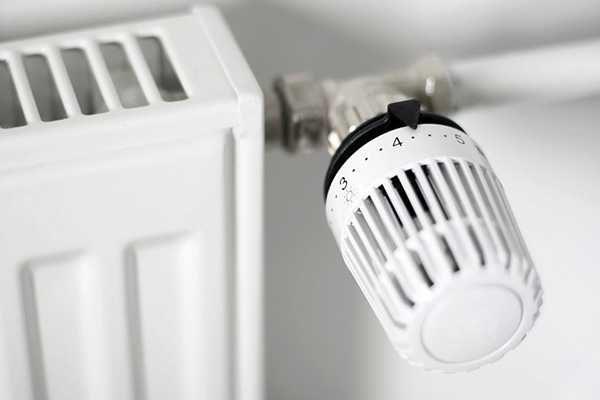
The installation process itself is standard. There is a thread on the valve. Appropriate fittings are selected for it or a mating thread is cut on the metal pipe.
One important point that should be remembered by those who want to put a thermostat for a heating radiator in apartment buildings. If you have a single-pipe connection, they can only be installed if there is a bypass – a section of pipe that stands in front of the radiator and connects the two pipes to each other.
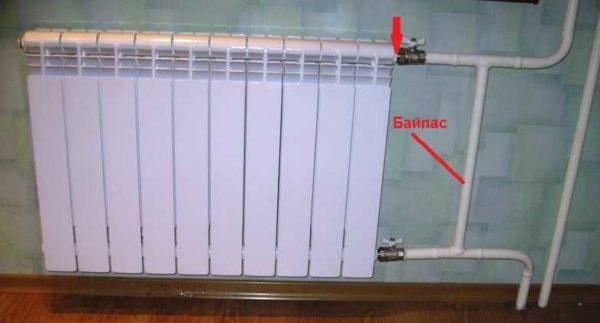
Otherwise you will regulate the whole riser, which will not please your neighbors. For such a violation can write a very solid fine. Therefore, it is better to put a bypass (if not).
How to adjust (readjust)
All thermostats are adjusted at the factory. But their settings are standard and may not coincide with your desired parameters. If you are not satisfied with the operation – you want it to be warmer/colder, you can readjust the thermostat for the heating radiator. You should do this when the heating is working. You will need a thermometer. You hang it in the point where you will control the state of the atmosphere.
- Close the doors, put the thermostat head in the leftmost position – fully open. The temperature in the room will start to rise. When it becomes 5-6 degrees higher than you want, turn the regulator all the way to the right.
- The radiator starts to cool down. When the temperature drops to the value you consider comfortable, slowly turn the regulator to the right and listen. When you hear that the coolant makes a noise and the radiator starts to warm up, stop. Remember what number is set on the handle. It is necessary to set it to reach the required temperature.
It is not difficult to adjust the thermostat for the heating radiator. And you can repeat this action several times, changing the settings.

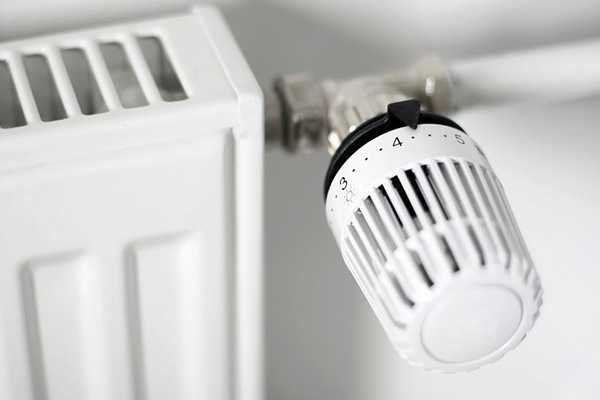
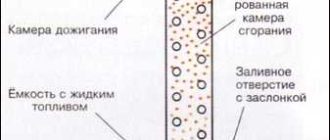
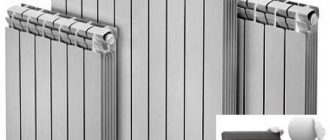
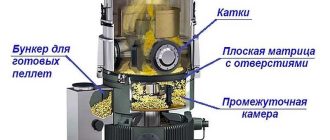
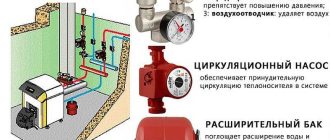
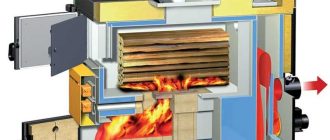
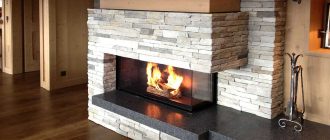
Wow, installing a thermostat for heating batteries was a game changer! I still remember the first chilly morning I woke up to a cozy room instead of a frosty one. It’s like having control of my own mini climate! Totally worth the time and effort.